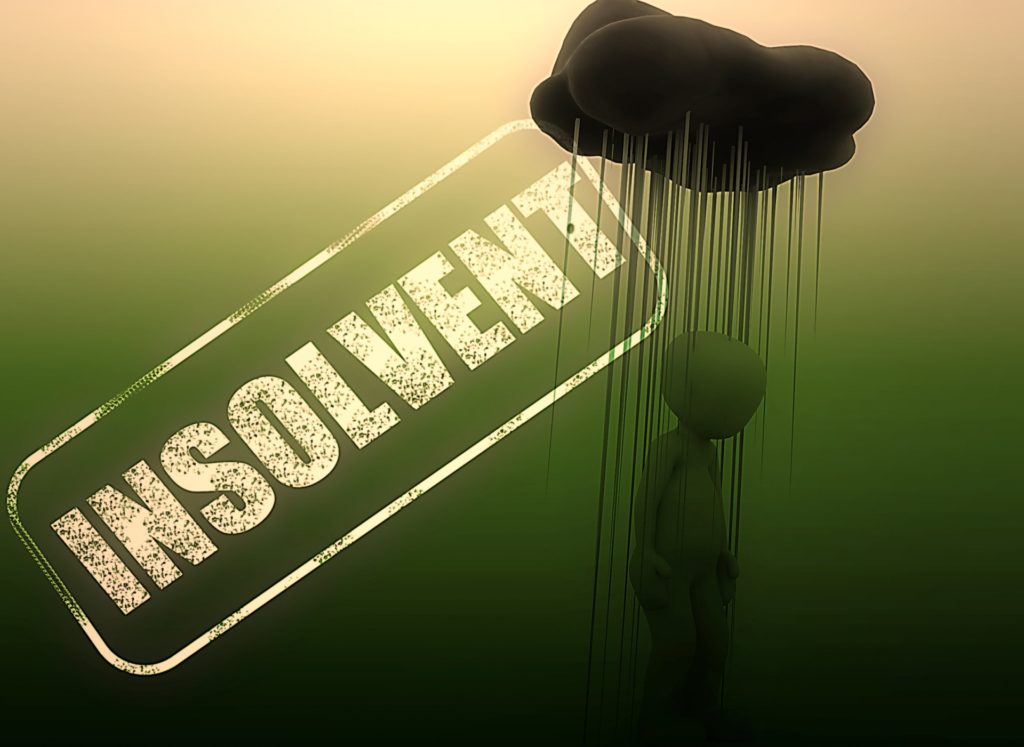In our ever-changing economic times, there are many risks for business or property owners, one of which is insolvency. In Q1 of 2017, an estimated 3,967 companies entered insolvency and there were 24,531 individual insolvencies.
In this post, we aim to briefly explain what the risk of insolvency is and the options you can take when dealing with insolvency.

What is Insolvency?
First of all, we need to define what the legal term of insolvency means. It describes the situation where a debtor is unable to pay their debts and the two main types are:
- Cash Flow – when a company is unable to pay its bills when they become due
- Balance Sheet – when there are more liabilities than assets on its balance sheet
If your company becomes insolvent, it could be in danger of being closed down. We advise speaking to experts for further advice if you’re in danger of insolvency. If you have investments in property, for example, you can contact Allsop who have a specialist insolvency team.
Ways to Deal with Insolvency
If your company runs into financial difficulties and becomes insolvent, there are legal procedures set out by the Insolvency Act 1986 for dealing with the situation. These options include:
- Informal agreements with creditors
You have the option to get in contact with your creditors to see if an informal agreement can be reached, such as setting out different terms to pay off your debt. This is usually the best option when you’re experiencing temporary financial difficulties and there’s no threat of formal action by your creditors.
- Company voluntary agreement (CVA)
A CVA can be proposed by the company’s directors but not by its creditors. It’s a binding agreement between a company and its creditors so that payment of either all or part of the debt is agreed to be paid over a set period. During this time, the company can stay open and continue trading.
- Administration
You can hand your company to an insolvency practitioner (the ‘administrator’) who will draw up proposals to restore a company’s viability, propose a CVA or sell the business. When the administrator is in charge, the creditors can’t take legal action to recover their debts. Find out more about putting your company into administration on Gov.uk.
- Liquidation
This is when the company is closed down and its assets are sold and distributed to its creditors. As a result, it’s struck off from the register at Companies House, which means the company no longer exists.
If the worst should happen and your company becomes insolvent, you have a number of options that you can choose to take. Our brief guide aims to make you aware of what you can do, but we recommend consulting experts for further advice and guidance.